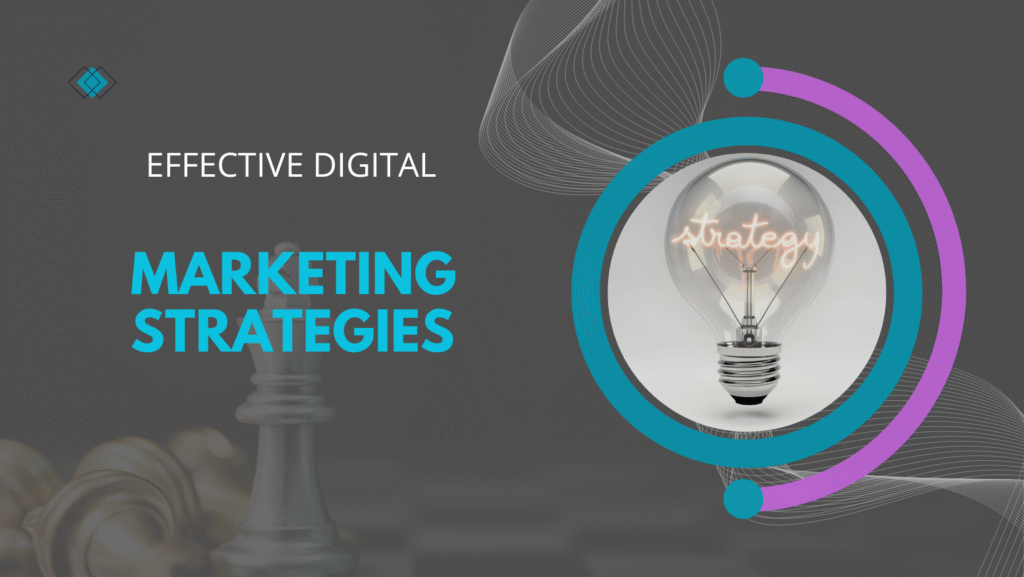The Shift to First-Party Data: A 2025 Must-Have Strategy for Businesses
In 2025, the landscape of digital marketing is evolving rapidly. With privacy regulations tightening and third-party cookies being phased out, businesses must adapt to maintain effective customer engagement. The solution? First-party data: Data collected directly from your audience. At SB Wayout, we help brands harness this valuable resource, ensuring marketing strategies remain relevant, personalized, and high-performing.
What is First-Party Data?
First-party data is information collected directly from your customers through channels you own, such as:
- Website interactions
- Email subscriptions
- Mobile apps
- Social media engagement
Unlike third-party data, which comes from external sources, first-party data is reliable, accurate, and fully compliant with privacy regulations.
Why First-Party Data Matters in 2025
1. Enhanced Customer Understanding
Collecting first-party data provides deep insights into your customers’ preferences, behaviors, and purchasing patterns. This allows businesses to create highly personalized marketing campaigns.
2. Privacy Compliance
With GDPR, CCPA, and other global privacy laws in place, using first-party data ensures your business remains compliant while building trust with customers.
3. Improved ROI on Marketing Efforts
Marketing based on accurate, owned data reduces wasted ad spend. Targeting the right audience with the right message increases engagement and conversions.
4. Long-Term Customer Relationships
First-party data allows businesses to nurture lasting relationships. Personalization and relevance foster loyalty, repeat purchases, and stronger brand advocacy.
How Businesses Can Leverage First-Party Data
1. Optimize Website and App Analytics
Track user behavior, click patterns, and engagement metrics to understand what content resonates most. Tools like Google Analytics 4 (GA4) help extract actionable insights.
2. Use Email Marketing and CRM Effectively
Email lists and CRM systems are powerful sources of first-party data. Segment audiences, personalize messages, and monitor campaign performance to maximize engagement.
3. Implement Customer Feedback Loops
Surveys, reviews, and interactive polls allow customers to share their opinions directly, creating rich data for business decisions.
4. Personalize Advertising Campaigns
Leverage first-party data to run hyper-targeted ads across platforms such as Google, Meta, and TikTok. Tailored messaging boosts conversions while respecting user privacy.
5. Integrate Data Across Channels
Combining first-party data from different touchpoints—website, email, social media—creates a unified view of each customer. This enables consistent, personalized experiences across all channels.
Benefits of Shifting to First-Party Data
- Accuracy: Directly sourced data reduces errors.
- Control: Businesses own and manage their data, reducing reliance on external providers.
- Compliance: Reduces risk of privacy violations.
- Personalization: Enables targeted, relevant communication.
- Cost Efficiency: Maximizes ROI on digital marketing campaigns.
Why SB Wayout Recommends First-Party Data
At SB Wayout, we guide businesses in creating a first-party data strategy tailored to their unique goals. By collecting, analyzing, and activating your own data, we help you:
- Increase customer engagement
- Drive sales and conversions
- Build trust and loyalty
- Stay ahead of competitors in a privacy-first world
The transition to first-party data is no longer optional—it’s a 2025 must-have strategy. Businesses that act now will benefit from smarter targeting, higher ROI, and stronger customer relationships.
Contact SB Wayout today to develop your first-party data strategy and future-proof your digital marketing efforts.


